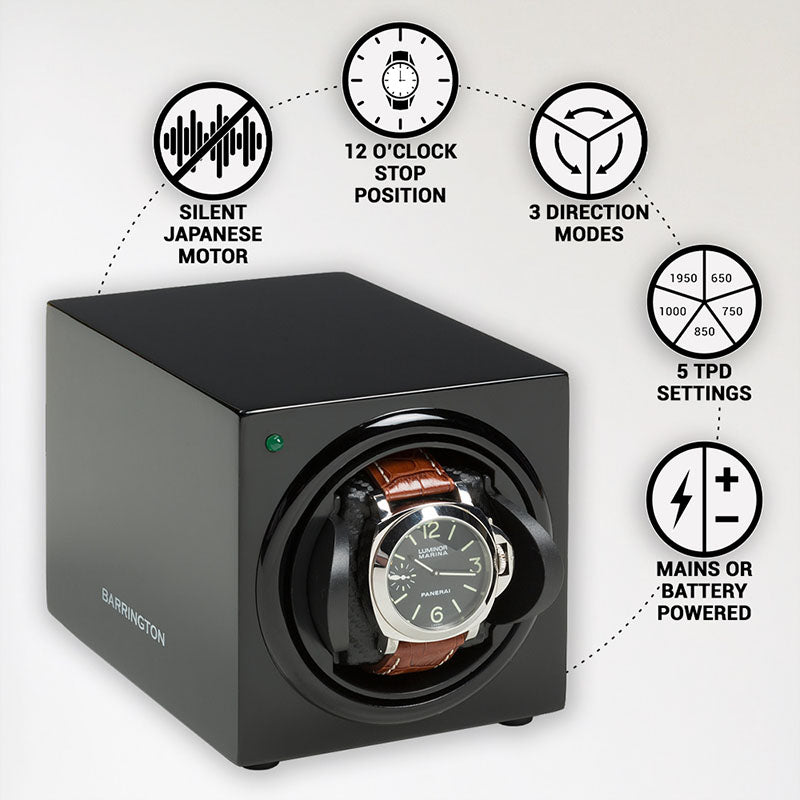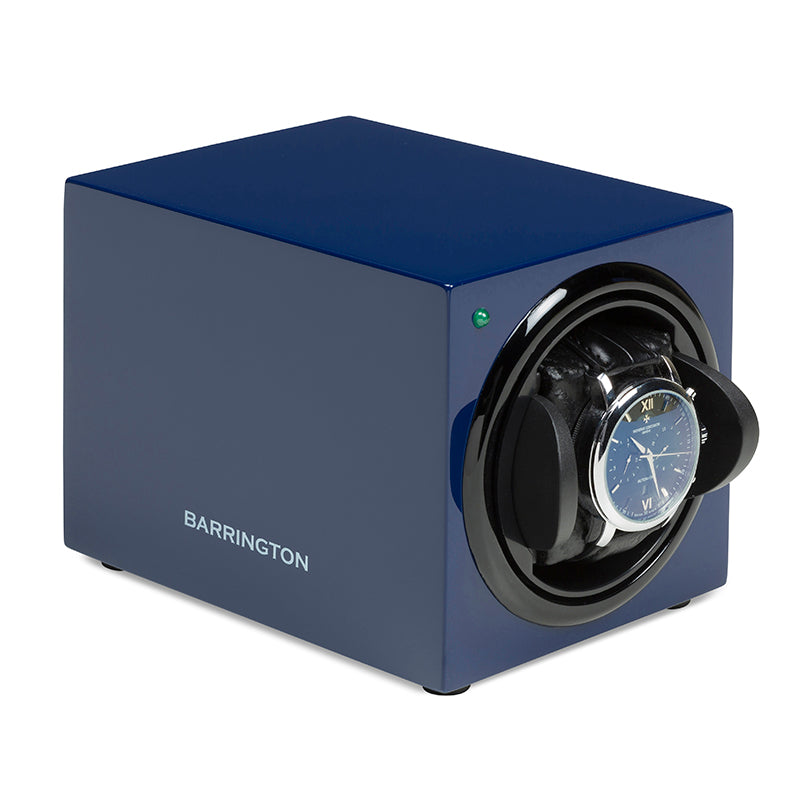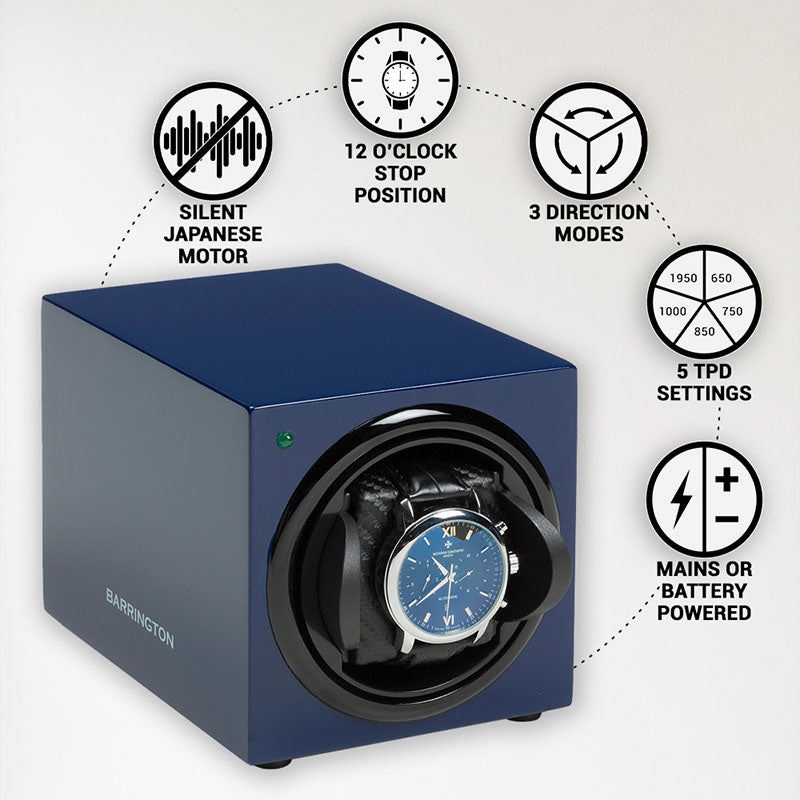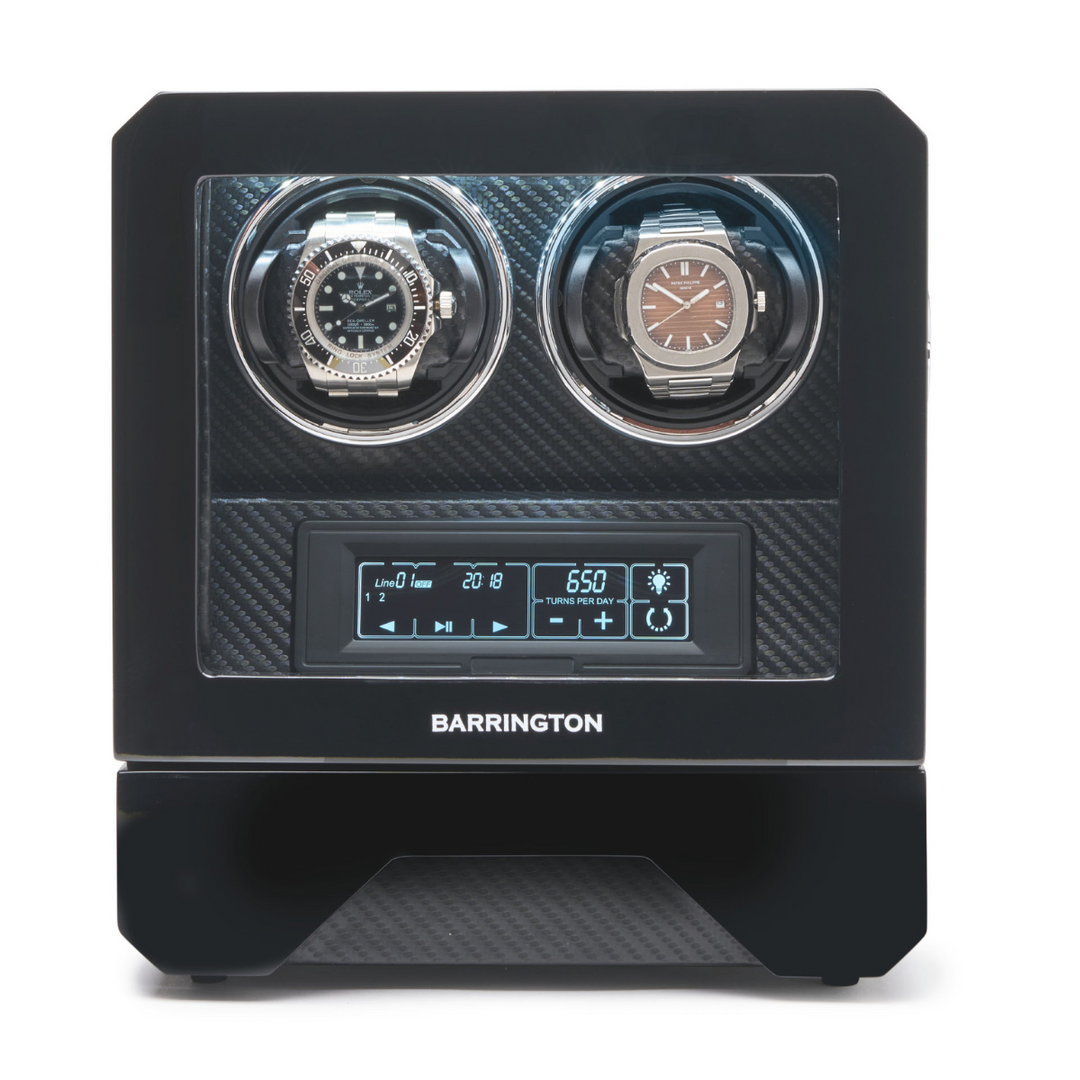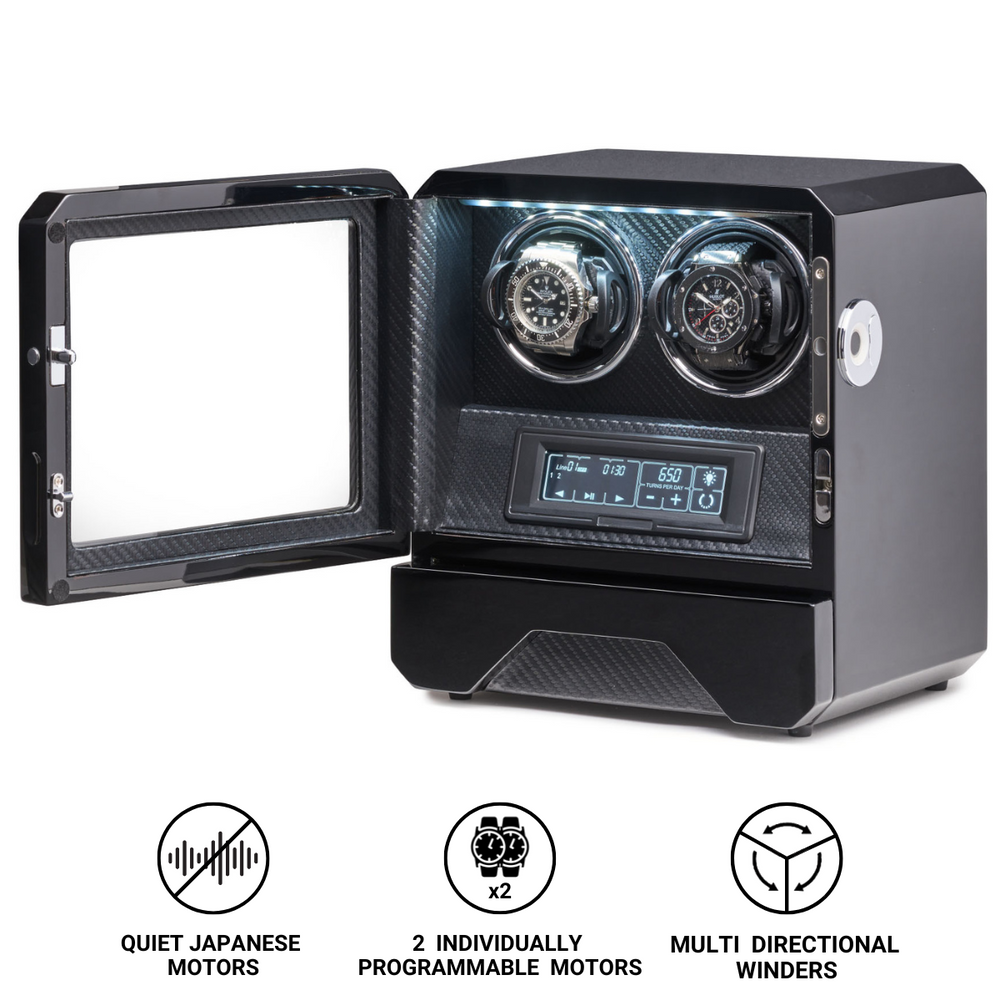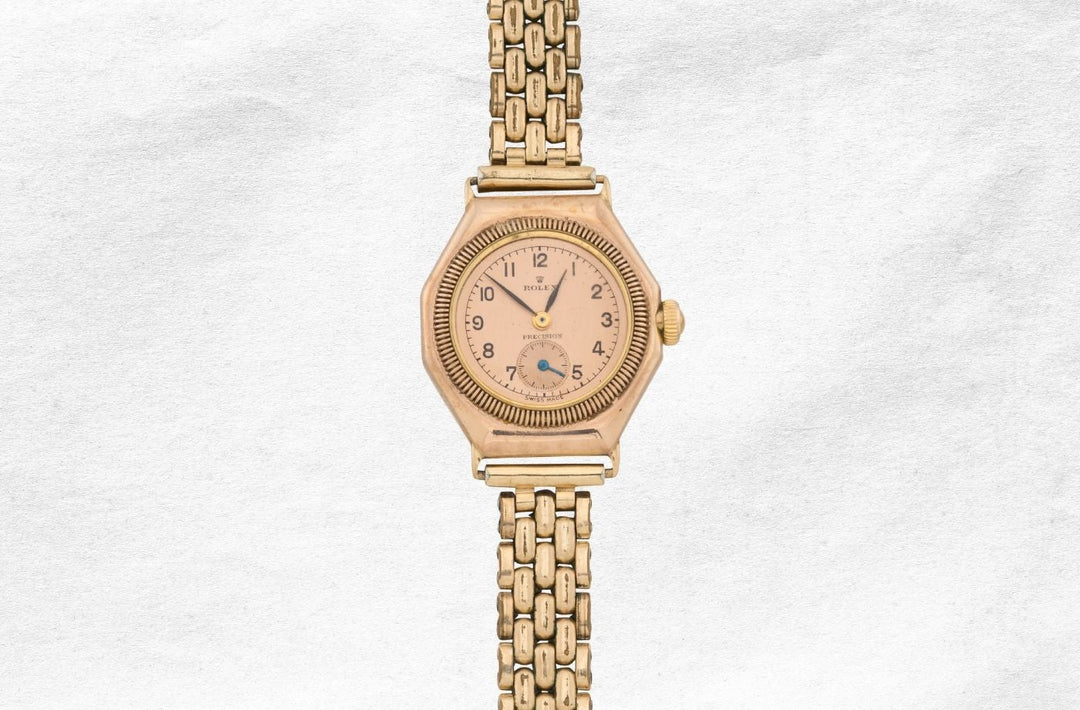Papal Timepieces: Icons of Style, Symbols of Doctrine, and Mirrors of Change
The timepieces worn by popes reflect more than ecclesiastical utility. They stand at the intersection of theology, personal humility, cultural engagement and modern symbolism. From the intricate mechanics of 19th-century pocket watches to the understated quartz of the late 20th century and the smartwatches of today, papal horology has become a chronicle of both continuity and transformation.
Historical Origins of Papal Watches
The association between the papacy and fine timepieces took form in the 19th century. Pope Pius IX, whose long pontificate spanned critical changes in Church-State relations, was presented with a Patek Philippe pocket watch by Swiss Catholics. At that time, Patek Philippe, founded in 1839, was already gaining reputation for its engineering precision and ecclesiastical commissions. Engravings on such timepieces often bore national and religious motifs, subtly linking faith and diplomacy.
Later, during the pontificate of Pius XI, wristwatches were still uncommon for clerical wear, making his silver-cased savonnette by Hausmann & Co. notable. Hausmann, established in Rome in 1794, had long-standing ties with Italian nobility and clergy. The firm’s relationship with the Vatican continues to this day, often servicing legacy pieces in the papal collection.
Twentieth Century Transitions
By the mid-20th century, wristwatches had largely displaced pocket watches in everyday use. Pope Pius XII is believed to have worn a Longines wristwatch, a brand long associated with reliability and elegance, although photographic evidence remains limited. Paul VI, by contrast, was seen with multiple timepieces, including models from Omega and Universal Genève — both Swiss manufacturers noted for understated sophistication during the 1950s and 60s.
Pope John Paul II brought global attention to papal accessories. His Rolex Datejust 16233, with its fluted bezel and Jubilee bracelet, combined durability with prestige. Rolex, unlike many haute horlogerie houses, has historically favoured precision and symbolic robustness over fragility and excess. This made it an apt choice for a globe-trotting pontiff who visited over 120 countries, making the papacy more visible than ever before.
Ratzinger’s Reduction: Benedict XVI and the Erhard Junghans
Pope Benedict XVI, born Joseph Ratzinger, brought a deeply academic tone to the papacy. His Erhard Junghans Tempus Automatic was in keeping with this image. Junghans, Germany’s most historic watchmaker, produced the Tempus in limited numbers, focusing on Bauhaus-inspired clarity and mechanical sincerity.
Interestingly, there is evidence that Benedict also owned a Patek Philippe Calatrava, although he rarely wore it in public. His preference for the more modest Junghans model aligned with his broader theological stance: reasoned, grounded and resistant to spectacle.
Francis: From Simplicity to Statement
The choice of a Swatch by Pope Francis marked a dramatic departure. The Once Again model, launched in the 1990s, represents the most democratic form of Swiss timekeeping. Built on a plastic case with a simple quartz movement, the watch was never intended for prominence. However, it became emblematic of Francis’s preference for modesty, alongside his use of public transport, simple papal garments and his decision to reside in the Casa Santa Marta rather than the Apostolic Palace.
The watch’s auction value skyrocketed not because of its materials, but due to the ethos it projected. It exemplified a new type of spiritual authority: one rooted in authenticity and detachment from wealth.
Leo XIV and the Language of Practicality
With the election of Leo XIV in 2024, a new chapter began. Photographs revealed his use of the Wenger Swiss Military 7223X, a watch designed for durability rather than prestige. Wenger, historically one of two official suppliers of the Swiss Army (alongside Victorinox), produced the 7223X in the 1990s. Its red bezel, a colour associated with sacrifice and cardinal authority in Catholic tradition, inadvertently became a viral icon after the papal appearance.
Subsequently, Leo XIV was also seen wearing an Apple Watch. The symbolic message was not lost on observers. The Apple Watch, aside from its functional capabilities, suggested a willingness to engage with contemporary concerns such as health, connectivity and digital inclusion. This reflected the Church’s ongoing exploration of how doctrine and digitalisation might coexist.
Other Notable Papal Timepieces
Over the decades, various models have appeared on papal wrists, each contributing to the evolving horological narrative. Omega models were worn during the Second Vatican Council era. Seiko, known for its pioneering quartz technology, has also been seen in Vatican circles, especially during the transitional years between Paul VI and John Paul I.
Moreover, behind the scenes, the Vatican maintains a collection of ceremonial and gifted timepieces. Some are housed within the Vatican Museums, though few are displayed publicly. Patek Philippe remains among the few manufacturers to have crafted custom pieces for the Holy See, including timepieces with enamelled casebacks depicting religious scenes.
Colour, Code and the Psychology of the Wrist
In papal dress, colour is never accidental. The red bezel on the Wenger piece connects with ecclesiastical themes: blood of martyrs, the fire of Pentecost, and the vestments of cardinals. Black straps denote penitence and humility. Gold or two-tone cases suggest doctrinal richness and the weight of history, while steel implies service and resilience.
The Apple Watch, devoid of colour in its most common configurations, is neutral by design. It communicates functionality above form, aligning with contemporary ecclesial efforts to centre mission over majesty.
Watches as Instruments of Soft Power
In an era where every papal appearance is scrutinised globally within seconds, the wristwatch has become part of the Church’s soft power repertoire. Discussions around Francis’s Swatch or Leo’s Wenger now appear alongside geopolitical commentary and theological critique.
The Holy See has never entered formal brand partnerships, and no evidence suggests endorsement. Nonetheless, commercial ripples are real. Following papal sightings, online marketplaces such as Chrono24 and eBay record spikes in searches and sales for featured models. This echoes the broader cultural sway of the papacy in a digital age.
Final Thoughts: Time as Testament
From the handcrafted elegance of Patek Philippe to the silicon chip of Apple, papal watches reveal a quiet yet deliberate progression. These are not mere accessories. They are theological declarations, pastoral messages and reflections of global context.
In an age demanding moral clarity, transparency and relevance, the papal wrist has become a symbolic space. It wears not just hours and minutes, but decades of meaning, centuries of belief and a horizon of hope.



